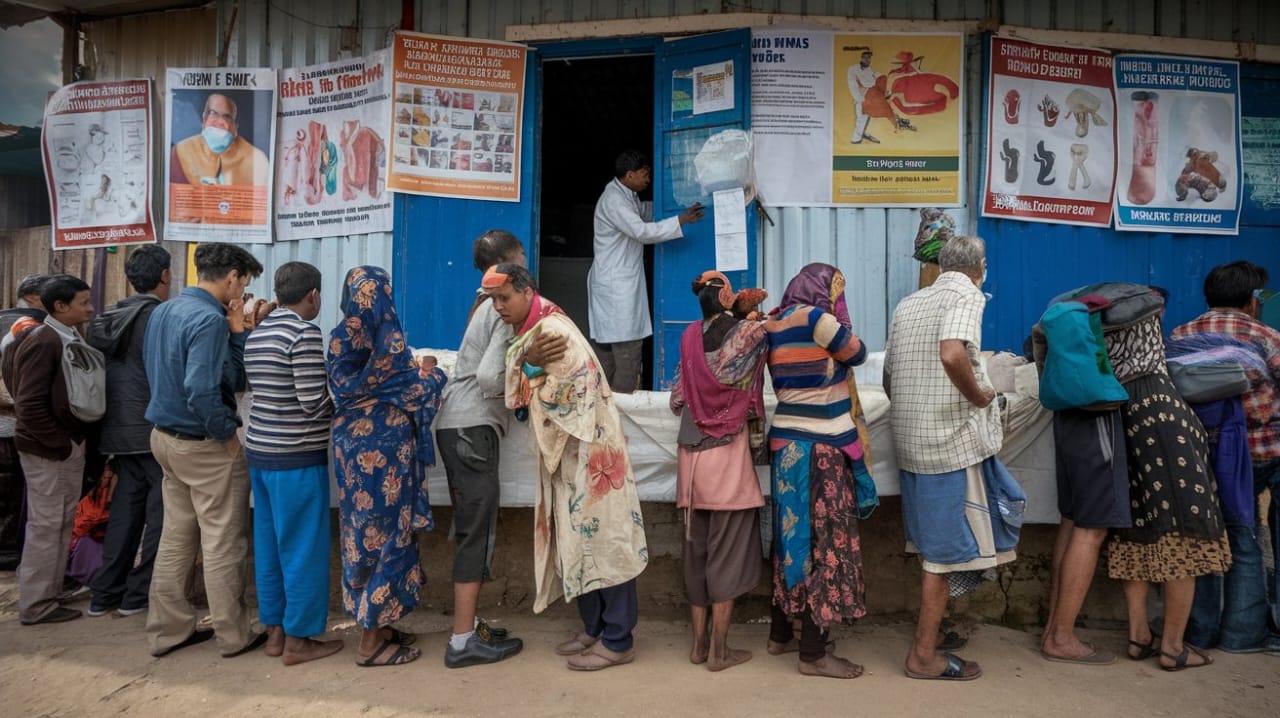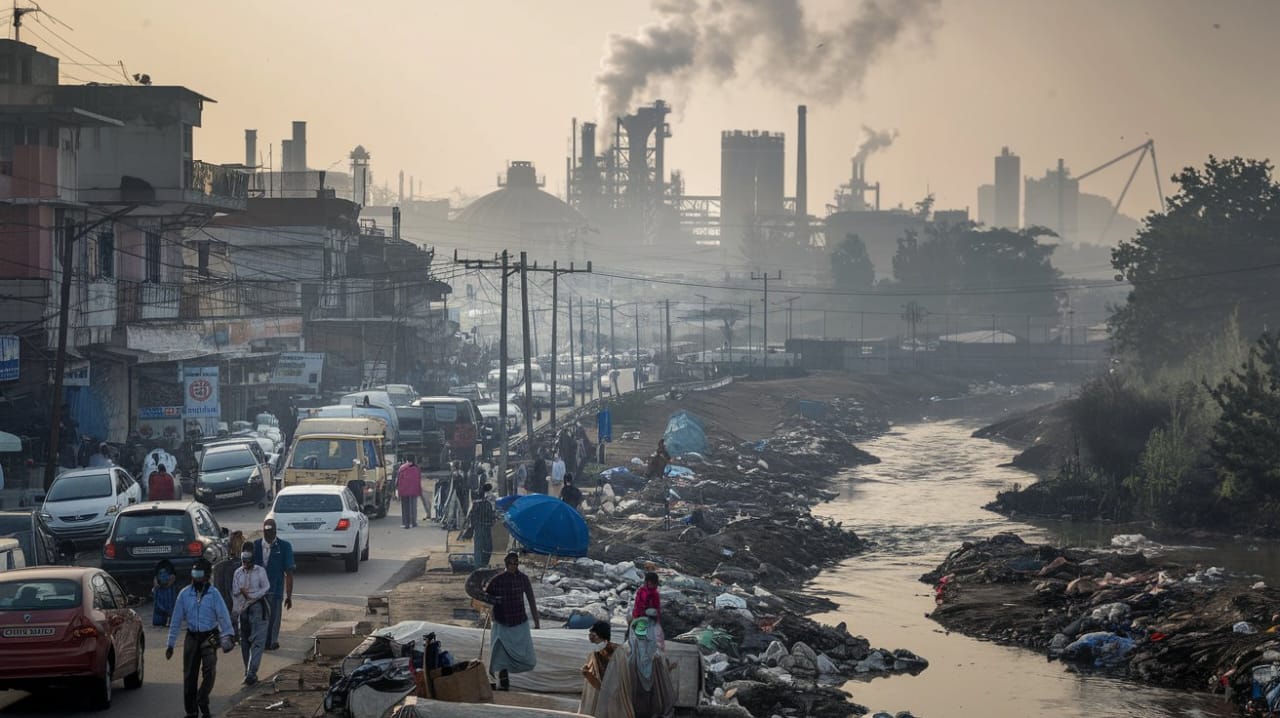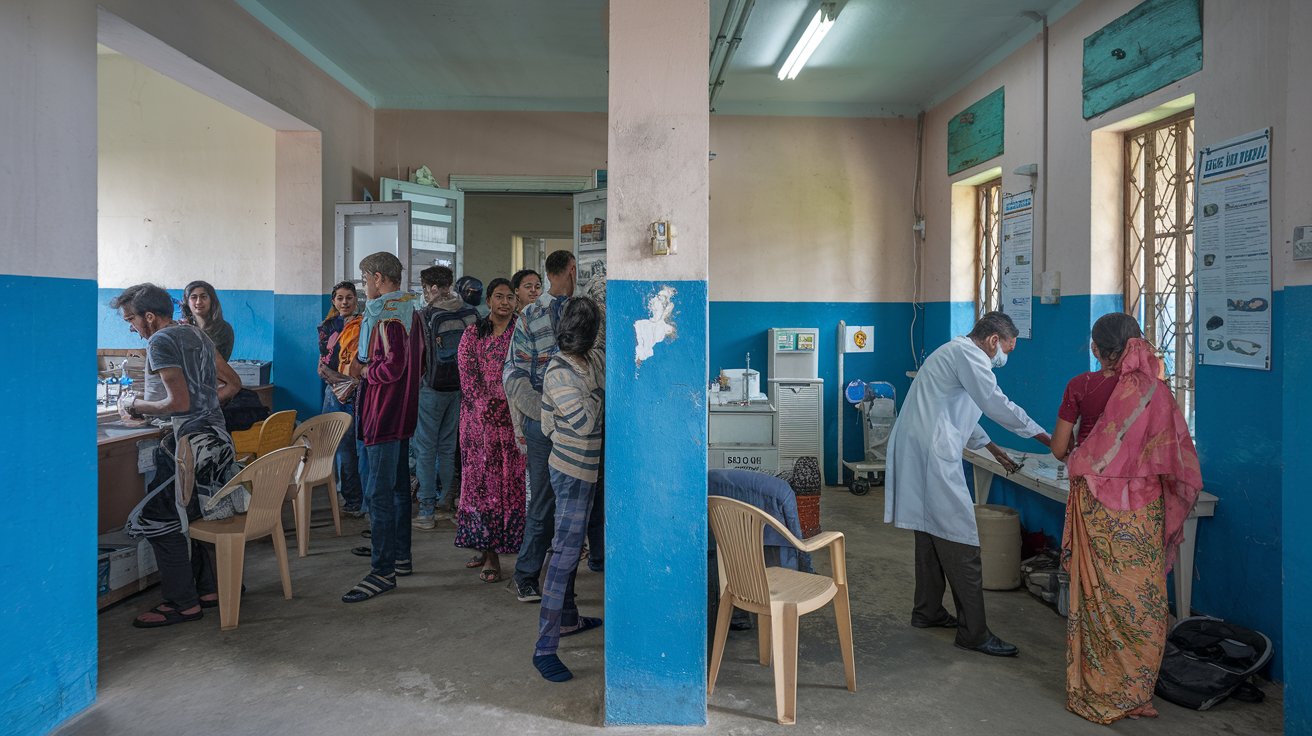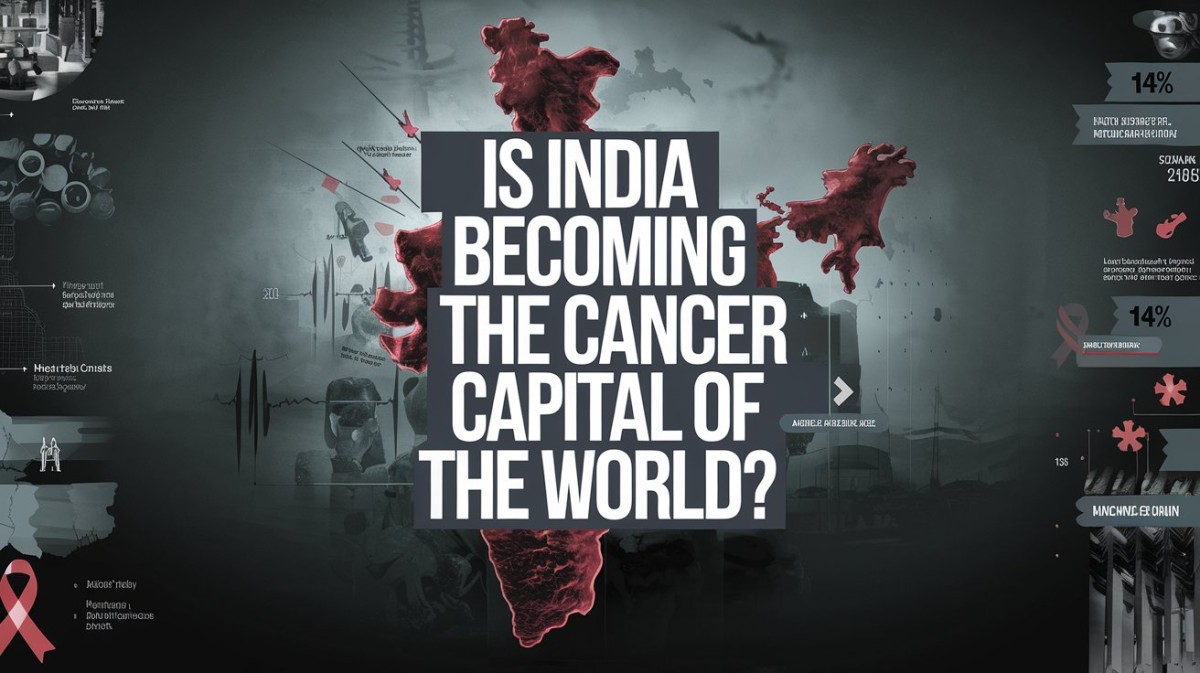India has reached a very decisive place in the global health map. Though the country has pulled through in some aspects such as health, economy and technology, it’s grappling with a silent killer that is endangering the lives of many people. Earlier, it was quite famously a disease of the rich, but now the cancer statistics are rising sharply in India and they are not being restricted to any particular class. Newspaper articles list escalating trends of cancer, and warn that India could be heading towards being christened as ‘Cancer Capital of the World. ’ Thus, this increasing health menace requires intervention from policy makers and health care providers as well as any other agencies.
The Silent Epidemic: Alarming Cancer Statistics

Various health surveys conducted by the Indian Council of Medical Research (ICMR) estimated that about 4 million new cancer cases were estimated in India in the year 2020 and it is projected as 2 million in 2040. Overall, it can be understood that cancer has seen an increase in both urban and rural areas, without the latter being left behind. Lifestyle carcinomas for the most part that involve the female breast, lungs, colon and the male prostate are on the rise. This surge is quite alarming especially given the status of the health facilities in India. Cancer patients are on the increase putting a lot of strain on the available facilities, resulting in further delayed diagnosis, poor treatment, and high mortality.
What’s Driving the Surge in Cancer Cases?

There are a number of reasons for increasing cases of cancer across the territory of India, and they are diverse in terms of the category they belong to, from the alteration of diet to pollution of the environment.
1. Changing Lifestyles
Change in lifestyle has been cited as one of the most important causes for increased cases of cancer in India. These have resulted in lifestyle related causes of cancers which include sedentary lifestyle, increased processed food manufacture, consumption of fast foods, increase in alcohol intake and tobacco smoking. Modern living standards and facilities have accompanied urbanization, which are nevertheless, hostile to the health of the people.
2. Environmental Factors
People of India are suffering a lot because of environmental pollution which is a result of industrialization and urbanization. For instance, air and water pollution makes people in Delhi and Mumbai come in contact with carcinogenic substances which may cause lung and other cancers. Some of the preventable causes of cancer include use of pesticides in crop production and the chemical contamination of drinking water in some areas of the country.
3. Lack of Awareness and Early Detection
Majority of cancer related incidents that occur in India are in the later stages; this may be attributed to poor health education and limited health facilities. People in rural and semi-urban regions are confined to the fact that they cannot afford regular check-ups hence leading to delayed diagnoses. In many cases, people consider cancer a disgrace in the society, and this leads to many of the patients delaying to seek a doctor when they develop the disease.
4. Genetic and Hereditary Factors
India is genetically very vane and some genetic changes which are commonly seen in people of Indian origin increase their propensity towards cancer especially breast and cervical cancer. However, there is relatively low organized genetic testing, which could be an early identifier of high risk population and would be helpful in early detection strategies.
5. Ageing Population
India is experiencing a faster growth in the age of its people meaning that more and more people are developing cancer. Cancer becomes common in the elderly people because body immunity decreases with age. More so, while India’s healthcare system is fast expanding its capacity regarding communicable diseases and maternal health, elderly cancer patients suffer the consequences.
The Struggle of India’s Healthcare System

The healthcare facility of India does not have adequate capacity to meet the current and future requirement of cancer patients. The country has serious problems with lack of oncologists, specialized cancer treatment facilities and modern diagnostic services. In India, the public health care facilities especially the hospitals that attend to the majority of the population are overstretched and inadequately equipped and staffed. Referral means that patients can be forced to wait several weeks or even months before getting an appointment hence delay in diagnosis and treatment.
The private hospitals, though, have better cancer treatment services, but their services are expensive and not accessible to majority of the population. This has led to a situation where rich patients get their treatments on time with modern treatment procedures while the poor go untreated or get treated after a very long time.
The Economic Impact of Cancer in India
Cancer poses a large economic burden on the people of india. Cancer treatment is costly and for most families, getting a cancer diagnosis is as good as losing all their wealth. Surgery, chemo, radiation and most of the medications are very expensive, thus, the poor are often left to die since treatments can wipe out their entire life savings. An analysis by the World Health Organisation(WHO) showed that 60 % of cancer patients in India get impoverished due to high health cost expenses.
Furthermore, most cancer patients are active employees and hence, receive stark reminders from their work places to not be out of work for longer periods, thus drastically reducing their earnings. The analysis of cancer cases is not limited to the increase in cancer diseases only, but it concerns itself with the social – economic implications of such diseases, which are threats to socio-economic development of India.
What Can Be Done to Reverse This Trend?

Following this, to ensure that India doesn’t become the Cancer Capital of the World, the following measures have to be undertaken.
Awareness Campaigns:
There is the need to have people ensure that they check on their bodies regularly to have early detections of the diseases and other related issues, and embrace lifestyle changes when necessary.
Strengthening Healthcare Infrastructure:
This situation calls for more investment mostly in the health industry and especially in the rural areas to identify any ailments in time.
Policy Reforms:
It is important that the government sets measures and strategies on how to contain environmental pollution and the application of a ban on chemicals in farming and other industries that cause cancer.
Genetic Screening and Research:
National genetic screening programmes can be of great benefit by isolating vulnerable people in the communities to bring better results.
Affordable Treatment:
India needs formulation of policies that can ensure that cancer treatment is accessible and affordable with an all inclusive cost to the family.
Conclusion
India is not yet the Cancer Capital of the World but the reality depicted above indicates a increasing trend in the incidence of cancer. If preventive and curative measures are not taken and sustained in the nearest future, India may well be headed to a full-blown cancer epidemic in terms of health care delivery and in terms of economy as well. India can combat this deadly disease if there is increased attention on lifestyle changes healthcare access and efforts towards heightened awareness. Quite simply: it is time for action.

